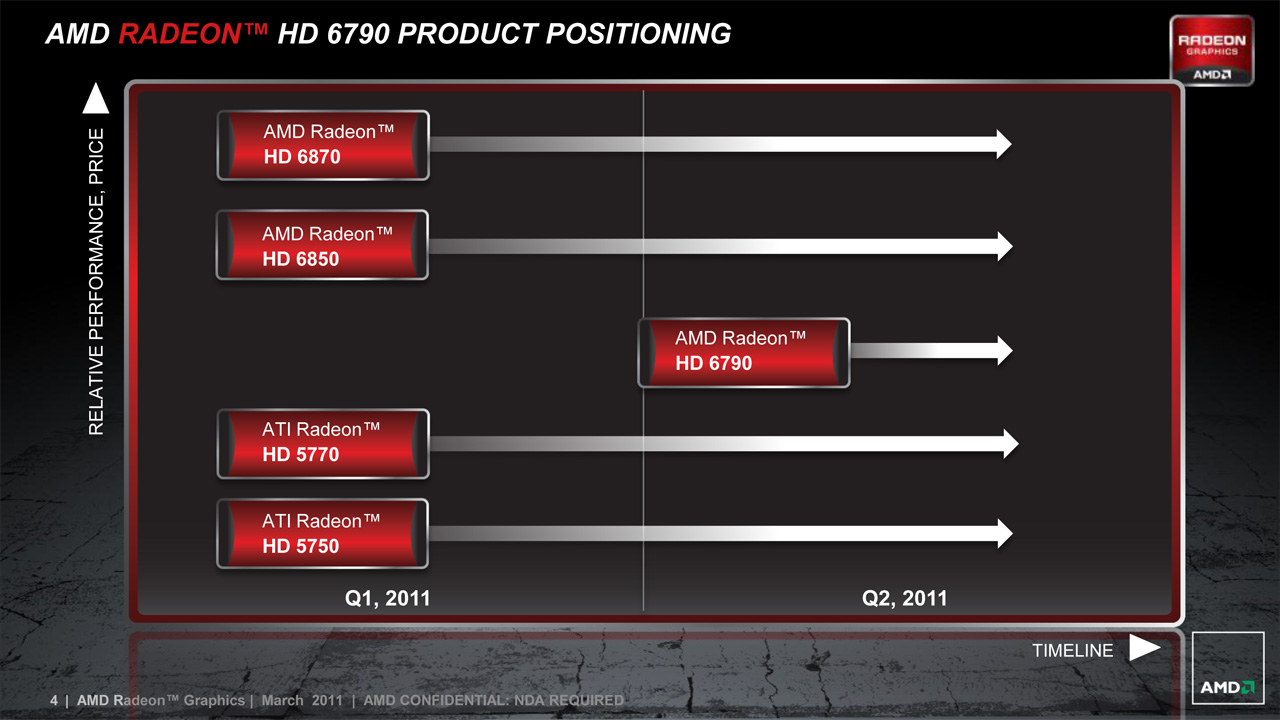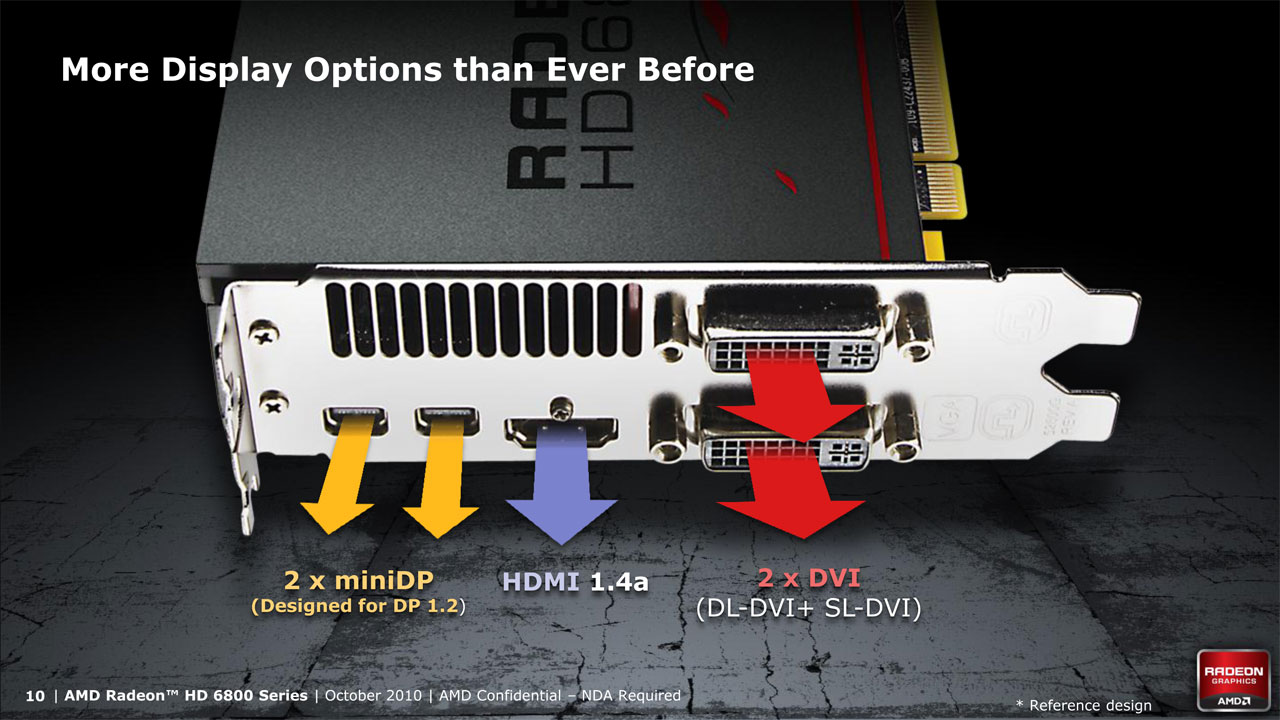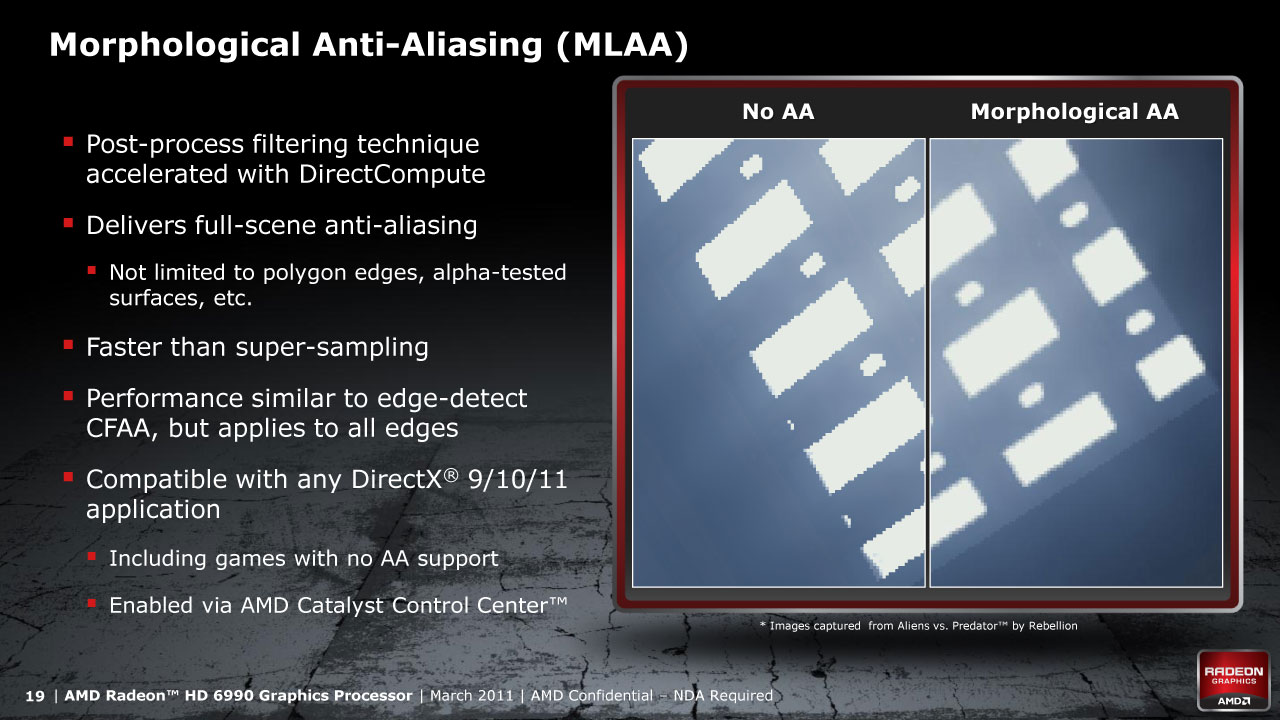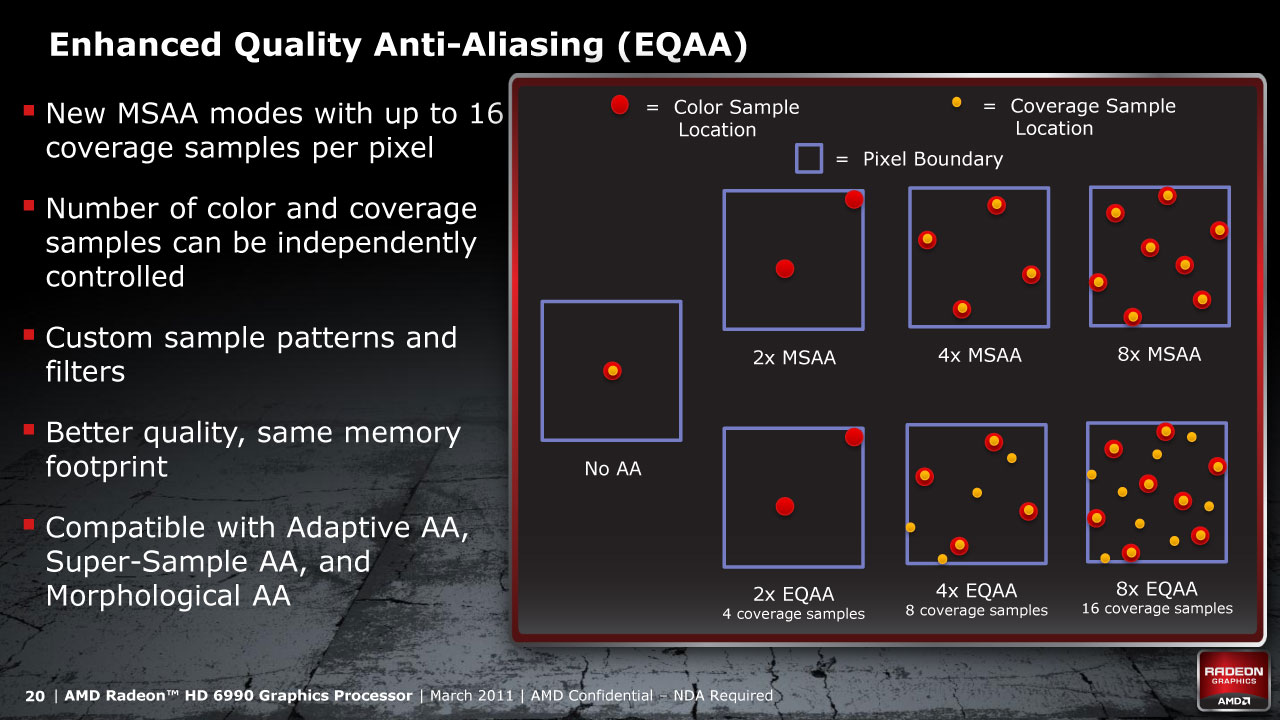AMD Radeon 6790 Review
AMD continues to fill out their Radeon 6000 Roadmap with the release of the HD 6790. The HD 6790 slots right between the Radeon HD 6850, and the legacy Radeon HD 5770 (which is often now branded as the Radeon HD 6770 by OEMs).
In reviewing the marketing materials (i.e., Press Decks), it is obvious that the target for the Radeon HD 6790 is single screen 1080p gaming. The slides makes more than one reference to either "Full HD Gaming" or "1080p", while only making passing references to Eyefinity and HD3D technologies.
Considering that the HD 6790 is targeted to "one up" the HD 5770, this outlook is to be expected. In our previous review of the HD 5770, I found it to be a capable single screen card, and the bare minimum for Eyefinity. And, Eyefinity was only an option on the HD 5770 with settings dialed back. So, as we review the HD 6790 is should be done with the proper expectations on performance.
From both a price and performance perspective, the Radeon HD 6790 aims to exactly split the difference between the higher and lower cards. The pricing on the HD 6790 is a "hard" $149. This means that no discounts or rebates will be offered.
If you are diligent about rebates, you may be able to find the higher performing HD 6850 for a similar price. However, if you aren't good with rebates, or are looking for a lower initial cost, then the HD 6790 is designed to give you a performance bump over the HD 5770 (HD 6770).

Specifications
Spec wise, the HD 6790 has fewer Stream Processors (sharders) than the HD 6850. However, it has clock speeds that surpass the HD 6850 and come close to the HD 6870. The reference board does have two 6-pin power connectors due to the higher clock speeds (though some AIBs will only include one power connector). Given the higher power supply, the HD 6790 is expected to have a significant amount of overclocking headroom.
| Card | GPUs | Transistors | Max Memory | Shaders | Clock (MHz) | TDP (Watts) | MSRP* | ||
| Core | Mem | Idle | Max | ||||||
| AMD Radeon HD 6990 | 2 | 2 x 2.6B | 2 x 2GB | 2 x 1536 | 830 | 1250 | 37 | 350* | $699 |
| AMD Radeon HD 6970 | 1 | 2.6B | 2GB | 1536 | 880 | 1350 | 20 | 250* | $369 |
| AMD Radeon HD 6950 | 1 | 2.6B | 2GB | 1408 | 800 | 1250 | 20 | 200* | $299 |
| AMD Radeon HD 6870 | 1 | 1.8B | 1GB | 1120 | 900 | 1050 | 19 | 151 | $239 |
| AMD Radeon HD 6850 | 1 | 1.8B | 1GB | 960 | 775 | 1000 | 19 | 127 | $179 |
| AMD Radeon HD 6790 | 1 | 1.7B | 1GB | 800 | 840 | 1050 | 19 | 150 | $149 |
| ATI Radeon HD 5770 | 1 | 1.04B | 1GB | 800 | 850 | 1200 | 18 | 108 | $129 |
| *These values represent the maximum wattage allowed through the AMD PowerTune. AMD estimates the average wattage draw for gaming is 375W/190W/140W for the 6990/6970/6950, respectively. |
|||||||||
Connectors & Options
AMD continues to use the connector configuration found on the Radeon HD 6800 and HD 6900 families: 4x Mini-DP and 1x DL-DVI.

MLAA & EQAA
AMD continues to offer its new Morphological (MLAA) and Enchanced Quality (MLAA) Anti-Aliasing modes - both of which can be used together. Both of these technologies have been covered in the Radeon HD 6800 and HD 6900 reviews. A couple of slides are included below for reference.


